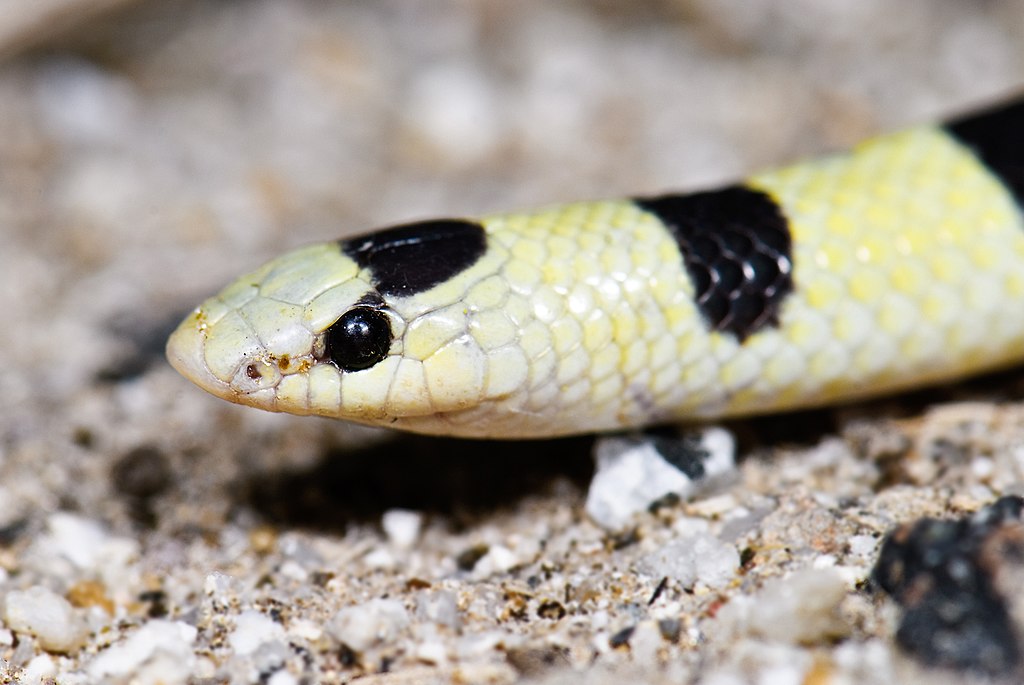Snakes have long been portrayed as solitary predators, slithering through their environments with seemingly little regard for social interaction. Traditional understanding of snake behavior has reinforced this image of the lone hunter, focused solely on individual survival. However, recent scientific observations have begun to challenge this stereotype, revealing surprising instances where snakes engage in what appears to be cooperative behavior. These discoveries are forcing researchers to reconsider the social complexity of these remarkable reptiles and potentially rewrite aspects of our understanding of reptilian behavior. While not displaying the elaborate social structures seen in mammals or birds, these documented cases of snake cooperation demonstrate that their behavioral repertoire may be far more sophisticated than previously thought.
The Definition of Cooperation in Reptiles
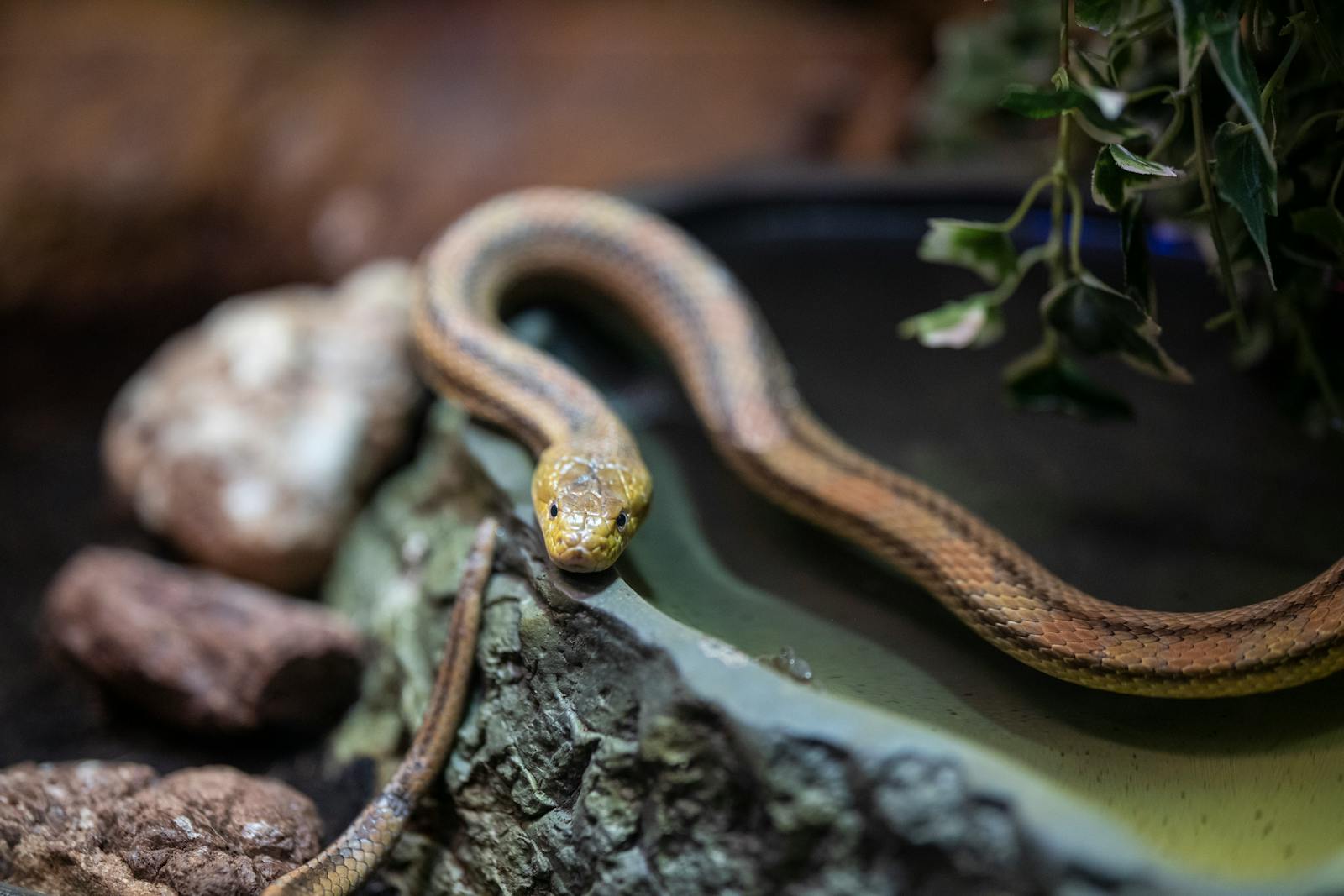
When scientists discuss cooperation in animals, they typically refer to behaviors where individuals work together for mutual benefit or toward a common goal. In highly social animals like wolves or dolphins, cooperation is well-documented and expected. For reptiles, however, the bar for what constitutes “cooperation” must be considered differently. Reptilian cooperation often manifests as coordinated hunting strategies, collective defensive behaviors, or synchronized breeding activities that enhance survival chances. These behaviors may not demonstrate the complex intentionality seen in mammals but still represent significant departures from purely solitary existence. Scientists must carefully distinguish between coincidental grouping behaviors and true cooperation, making these documented cases all the more remarkable. The evidence for snake cooperation challenges us to expand our understanding of reptilian cognitive capabilities.
Cuban Boas’ Coordinated Hunting Strategy
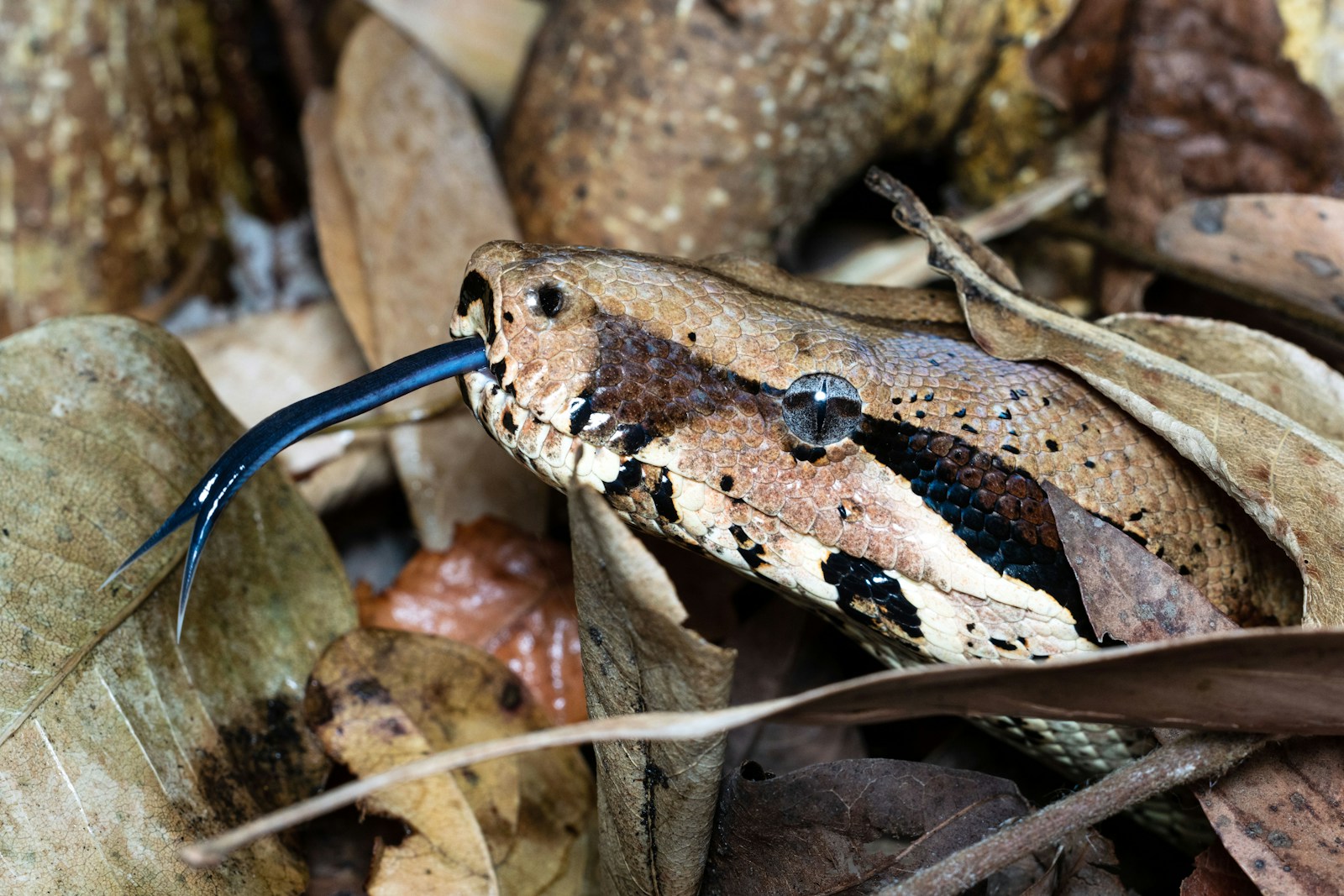
Perhaps the most compelling evidence of snake cooperation comes from a 2017 study published in Animal Behavior and Cognition focusing on Cuban boas (Chilabothrus angulifer). Researcher Vladimir Dinets observed these snakes hunting Jamaican fruit bats in caves of Cuba’s Desembarco del Granma National Park. The boas positioned themselves strategically along the cave ceiling near the entrance, creating what amounted to a living trap as bats flew out at dusk. Multiple snakes would arrange themselves in formations that effectively narrowed the flight path available to the bats, significantly increasing their hunting success compared to when hunting alone. What made this behavior particularly notable was that the snakes appeared to intentionally position themselves relative to others, maintaining optimal spacing for maximum effectiveness. This coordinated hunting strategy represents one of the clearest documented cases of cooperative behavior in wild snakes.
Garter Snakes’ Collective Thermoregulation

In the frigid winters of Manitoba, Canada, red-sided garter snakes (Thamnophis sirtalis parietalis) demonstrate remarkable collective behavior that borders on cooperation. Thousands of these snakes gather in limestone sinkholes and abandoned mammal burrows to hibernate together in massive aggregations called “hibernacula.” This communal behavior allows them to maintain higher body temperatures than would be possible individually, effectively creating a collective thermal advantage. While this might initially seem like simple clustering rather than true cooperation, research indicates that these snakes actively select hibernation sites based partly on the presence of other snakes and adjust their positions within the aggregation to optimize thermal benefits. Upon emerging in spring, they continue their social behavior with complex mating aggregations where multiple males cooperate in stimulating females to reproduce. This system of collective thermoregulation and reproductive coordination represents a sophisticated adaptation that blurs the line between simple aggregation and true cooperation.
Southern African Pythons’ Shared Parental Care
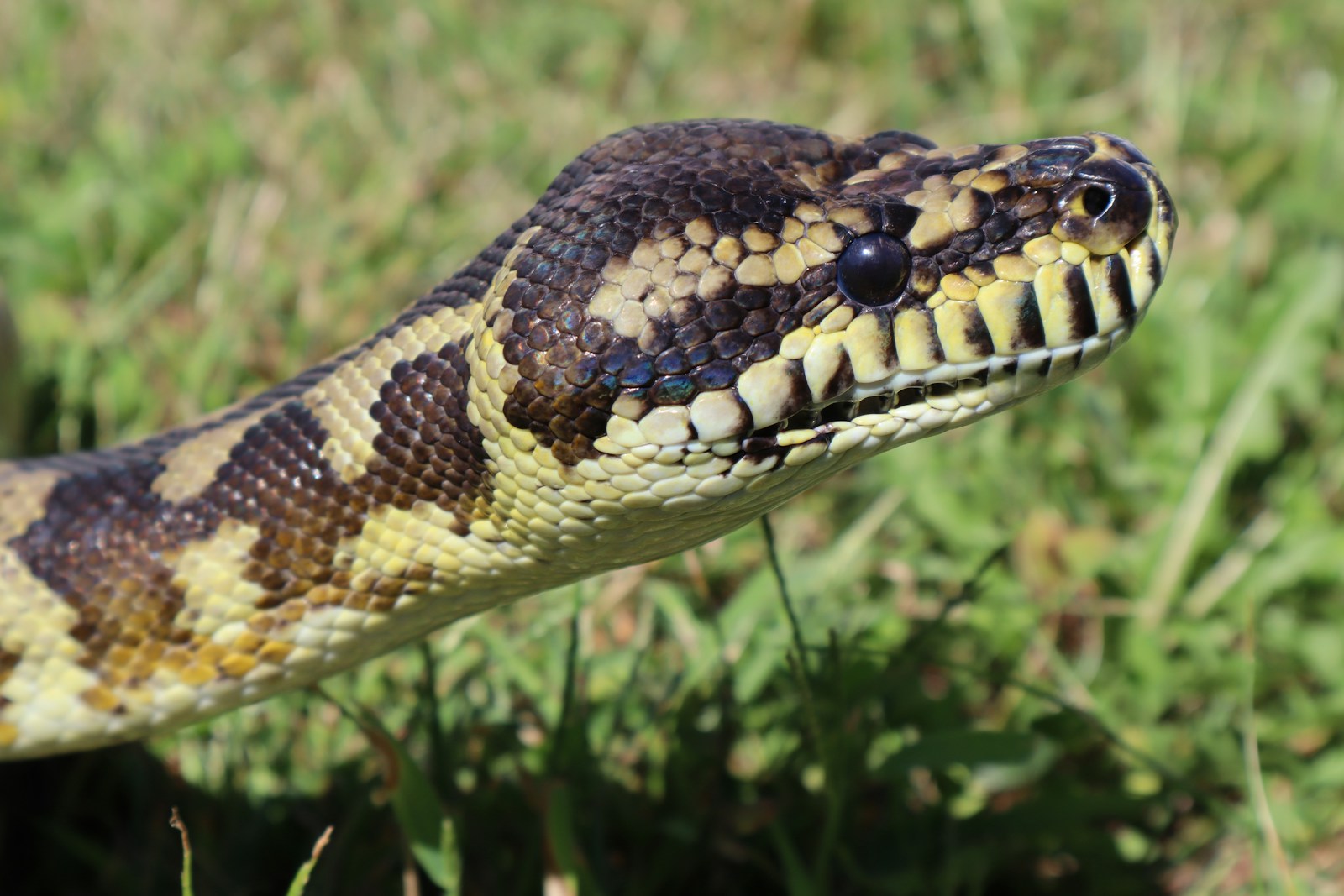
The Southern African python (Python natalensis) has shattered the notion that snake parenting is limited to egg-laying and abandonment. Field research by Graham Alexander at the University of the Witwatersrand revealed these massive constrictors engage in behaviors previously unseen in snakes: maternal care extending well beyond egg incubation. Female pythons not only incubate their eggs through muscle contractions that generate heat but also remain with their hatchlings for up to two weeks after emergence. Most remarkably, researchers documented instances where multiple female pythons with adjacent nests appeared to alternate guarding duties, with one python watching over multiple clutches while others basked to regain body heat. This rotation of responsibilities between females represents a significant departure from solitary parenting and suggests a level of coordination previously unimagined in pythons. Though more research is needed to fully understand this behavior’s intentionality, these observations hint at a rudimentary form of cooperative parenting.
Sea Snakes’ Coordinated Defense Formations

Olive sea snakes (Aipysurus laevis) inhabiting coral reefs of the Indo-Pacific region have been observed forming what appear to be coordinated defensive formations when approached by potential predators or threats. Marine biologists studying these highly venomous sea snakes have documented instances where multiple individuals rapidly converge and form tight groupings when large predatory fish or human divers approach. The snakes arrange themselves in a pattern that maximizes the visible number of heads facing the perceived threat, creating an intimidating display that often deters potential attackers. Analysis of video footage reveals these formations aren’t random but involve positioning adjustments that suggest awareness of other snakes’ locations. This behavior appears particularly common among related individuals or snakes that regularly share the same reef territories. While scientists debate whether this represents true cooperation or simply convergent self-preservation, the coordination involved suggests a level of social awareness previously unrecognized in sea snakes.
Timber Rattlesnakes’ Communal Denning Strategies

In the rocky outcrops of the eastern United States, timber rattlesnakes (Crotalus horridus) engage in complex communal behaviors centered around shared denning sites. These venomous pit vipers return to the same ancestral dens year after year, often traveling several miles to reach these communal wintering grounds. Researchers tracking individual snakes have discovered that related females frequently travel together along established corridors and may even coordinate their movements to avoid predators. Within the dens themselves, the snakes arrange themselves in hierarchical patterns, with older, larger individuals typically occupying the most thermally advantageous positions. What makes this system particularly interesting is that outside the denning season, these same snakes may actively avoid one another while hunting, suggesting their social behavior is context-dependent and potentially strategic. This seasonal toggling between solitary and social behaviors indicates a complexity of social dynamics previously unrecognized in venomous snakes.
The Science Behind Snake Social Recognition
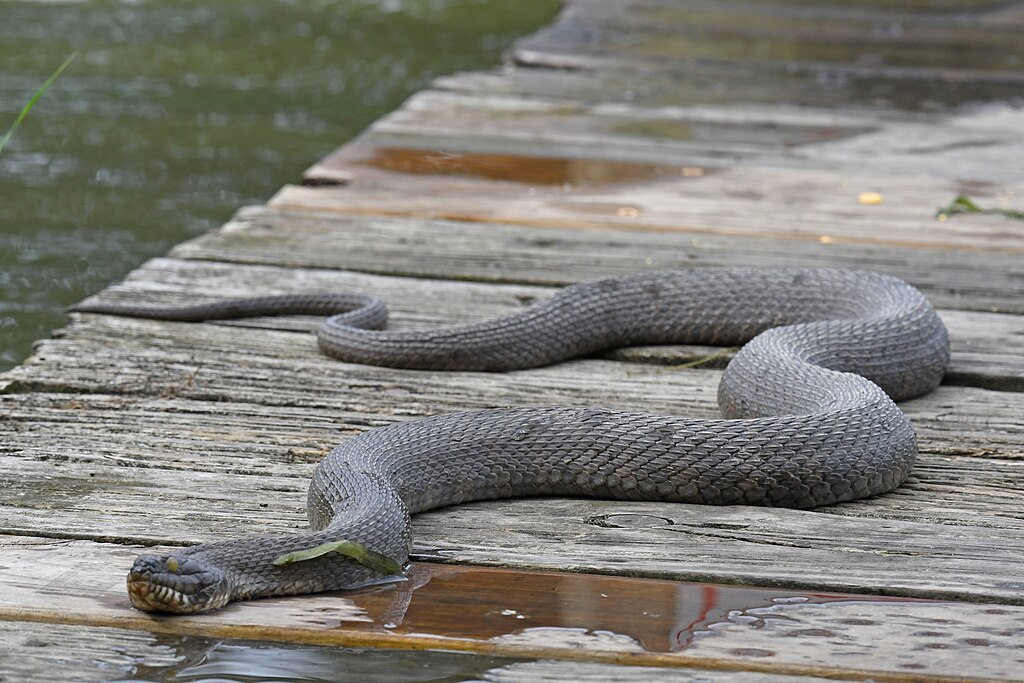
For cooperation to exist, snakes must possess some ability to recognize and respond to conspecifics beyond mere environmental coincidence. Recent research has revealed that many snake species have more sophisticated social recognition capabilities than previously believed. Studies using controlled experiments have demonstrated that certain species can distinguish between familiar and unfamiliar individuals based on chemical cues and may show preferences for associating with kin or familiar conspecifics. This recognition ability forms the foundation for potential cooperative behaviors, as it allows for differential responses based on past interactions. Neuroscience research has identified specialized brain regions in snakes involved in processing social information, challenging the old notion that reptilian brains lack the complexity for social behavior. These neurological findings provide the physiological basis for understanding how cooperative behaviors might develop and be maintained in snake populations despite their reputation for solitary lifestyles.
Evolutionary Advantages of Cooperation in Snakes
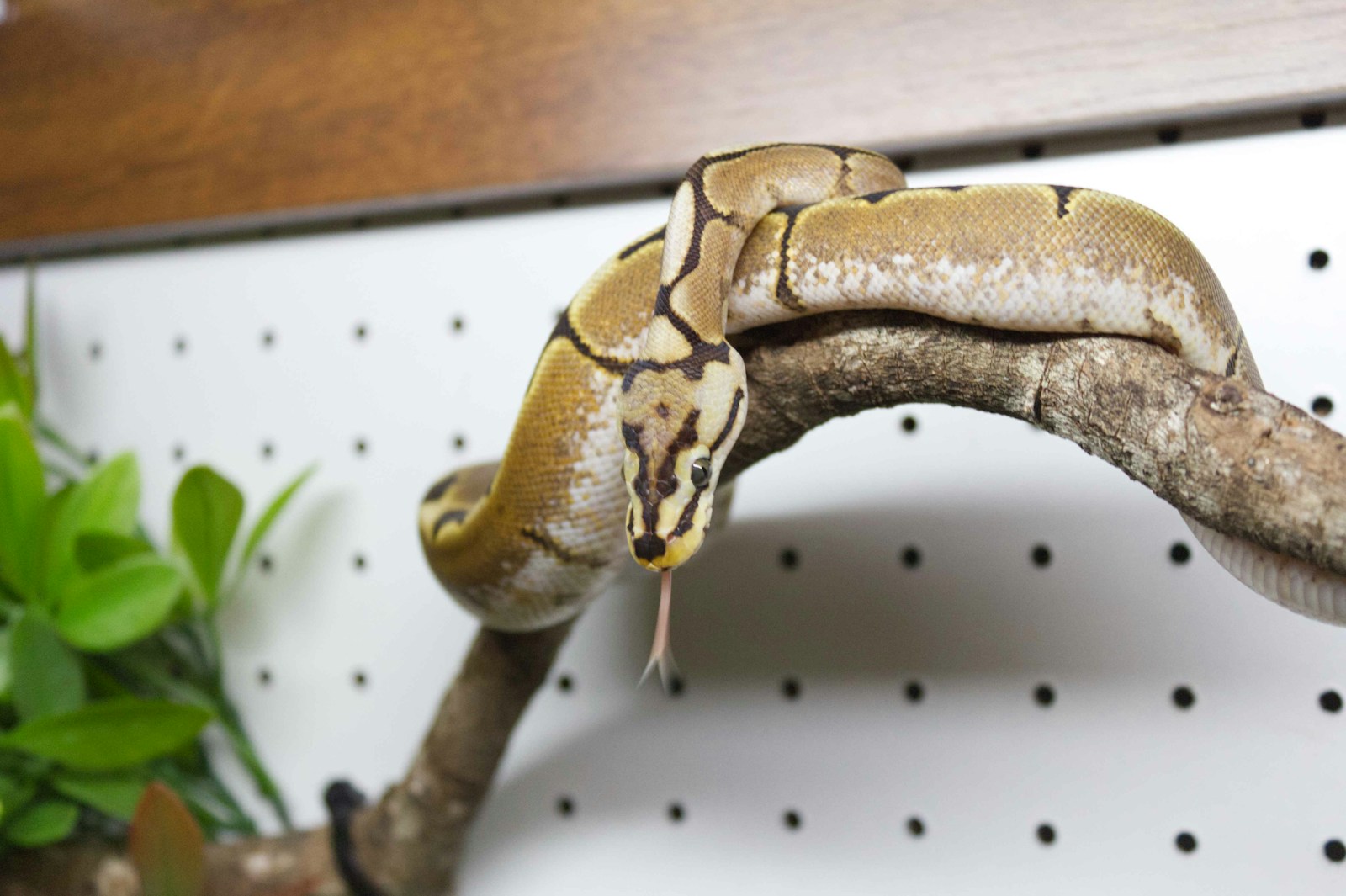
From an evolutionary perspective, cooperative behaviors only persist if they provide survival or reproductive advantages that outweigh the potential costs. For snakes, the documented cases of cooperation align with specific ecological pressures that make group coordination beneficial. Hunting cooperation, as seen in Cuban boas, increases prey capture efficiency in environments where food resources are challenging to obtain individually. Thermal aggregations help overcome the limitations of ectothermy in extreme environments where maintaining body temperature is crucial for survival. Defensive coordination reduces individual predation risk through collective vigilance and intimidation displays. These adaptive benefits explain why cooperation might evolve independently in multiple snake lineages despite their generally solitary nature. The fact that most documented cases occur in specific ecological contexts suggests these behaviors represent specialized adaptations rather than general social tendencies. This context-dependent cooperation demonstrates the remarkable evolutionary flexibility of snakes in developing social strategies when ecological conditions favor them.
Challenging Scientific Assumptions About Reptile Behavior
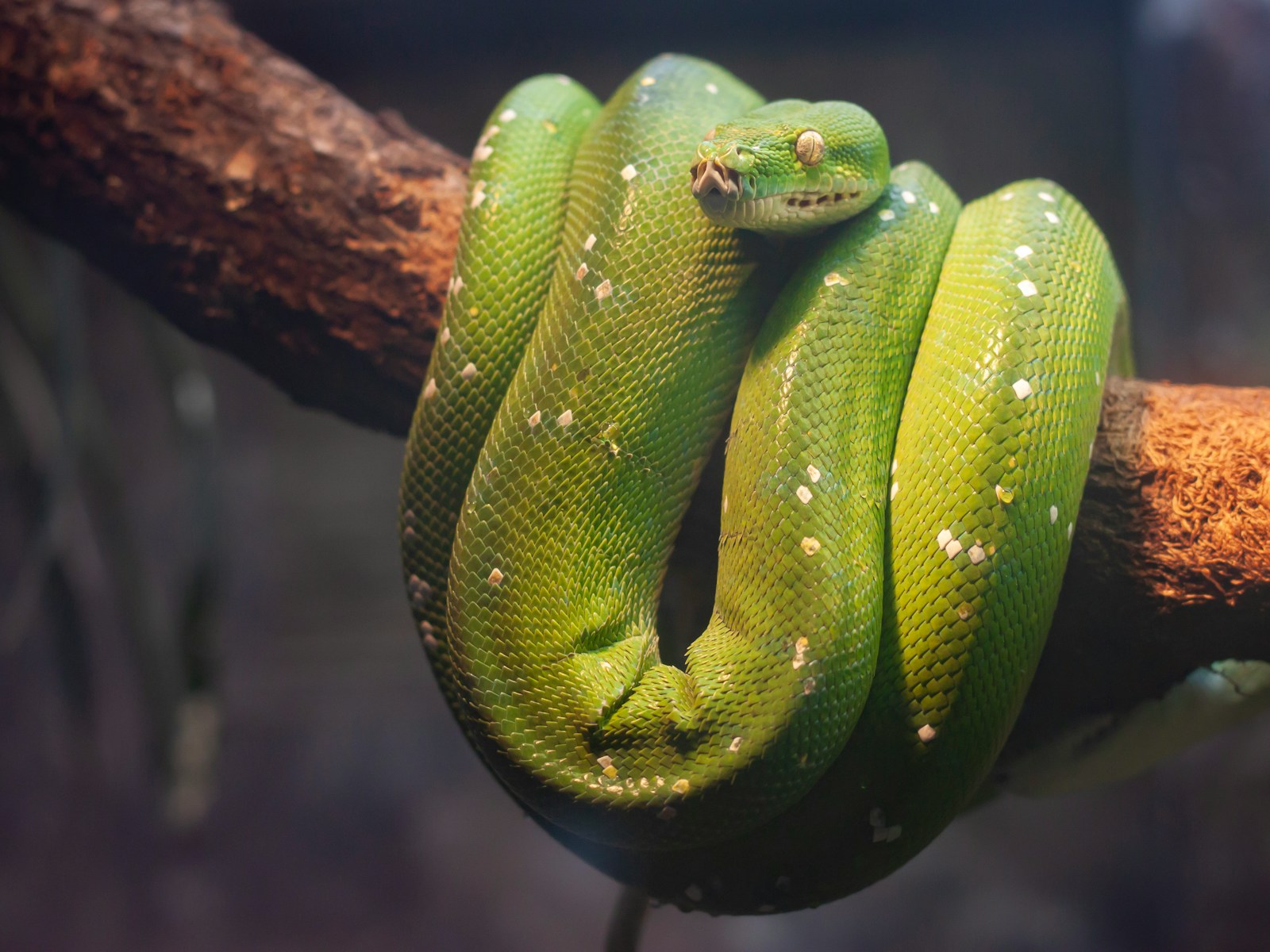
The documented cases of snake cooperation have profound implications for how we understand reptilian behavior more broadly. For decades, scientific literature characterized reptiles as “lower” vertebrates with limited behavioral complexity, especially regarding social interactions. This perspective stemmed partly from observation bias, as subtle social behaviors are easily missed without long-term, focused study. The discovery of cooperative behaviors in multiple snake species has forced a reevaluation of this position, suggesting that the apparent simplicity of reptile behavior may reflect our limited observations rather than their actual capabilities. Modern ethologists increasingly recognize that reptiles may possess more sophisticated cognitive and social abilities than traditionally assumed, though expressed in ways that differ from mammals and birds. This shifting perspective extends beyond snakes to other reptile groups and represents a broader trend in animal behavior research toward recognizing diverse forms of intelligence and social complexity across the animal kingdom.
Research Limitations and Observational Challenges
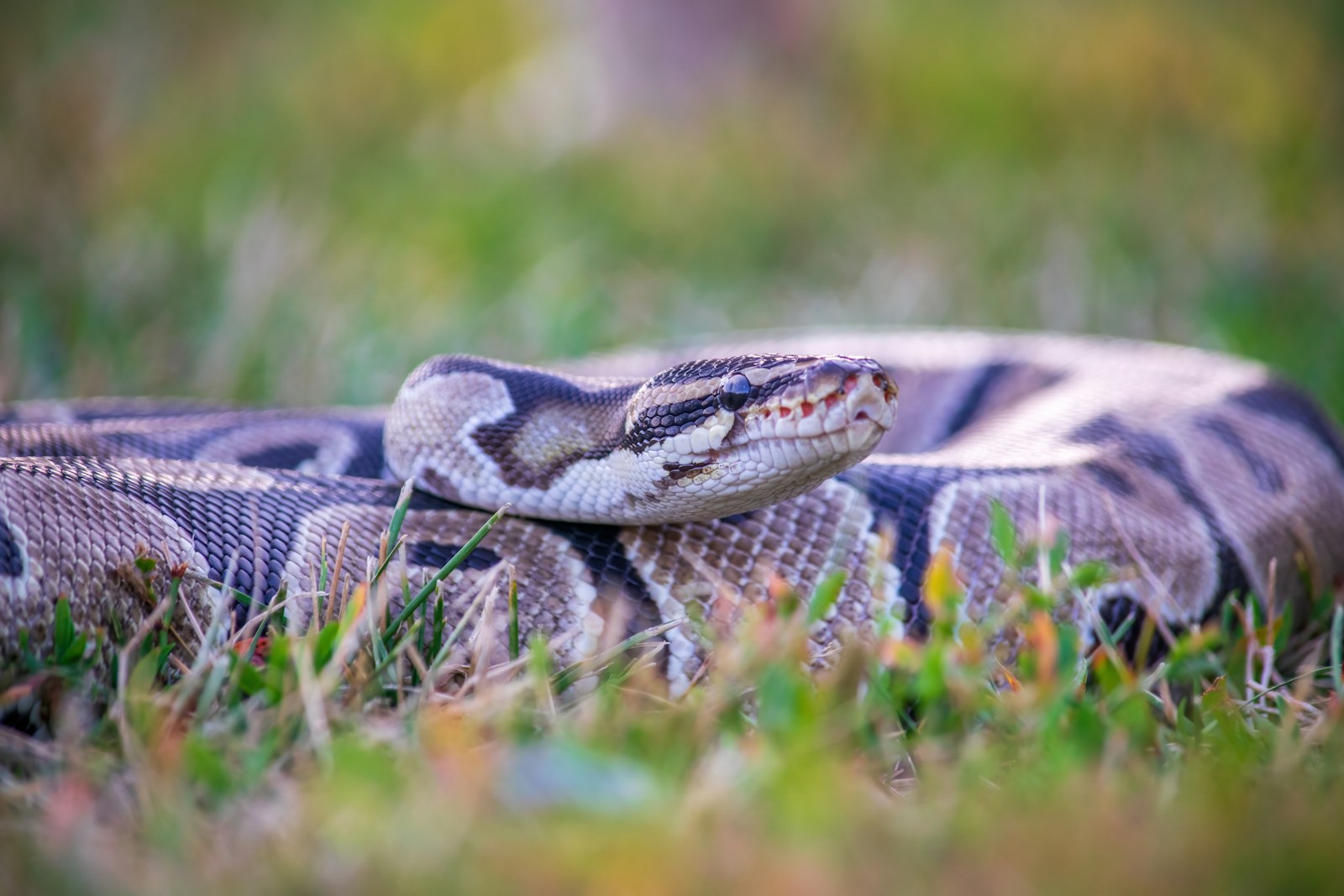
Documenting cooperation in wild snakes presents significant methodological challenges that have limited our understanding of these behaviors. Snakes are notoriously difficult to observe in their natural habitats due to their cryptic coloration, secretive behavior, and often inaccessible environments like underground burrows or dense vegetation. Long-term observation, essential for identifying consistent patterns of cooperation, is logistically challenging and resource-intensive, especially for species with large home ranges or seasonal activity patterns. Distinguishing between true cooperation and coincidental grouping requires careful experimental design and statistical analysis that controls for environmental factors that might create the appearance of coordination without actual social intent. Additionally, observer presence may alter snake behavior, creating potential biases in data collection. These methodological challenges partly explain why snake cooperation has been documented relatively recently compared to social behaviors in more easily observable animals like primates or birds.
Implications for Snake Conservation Efforts
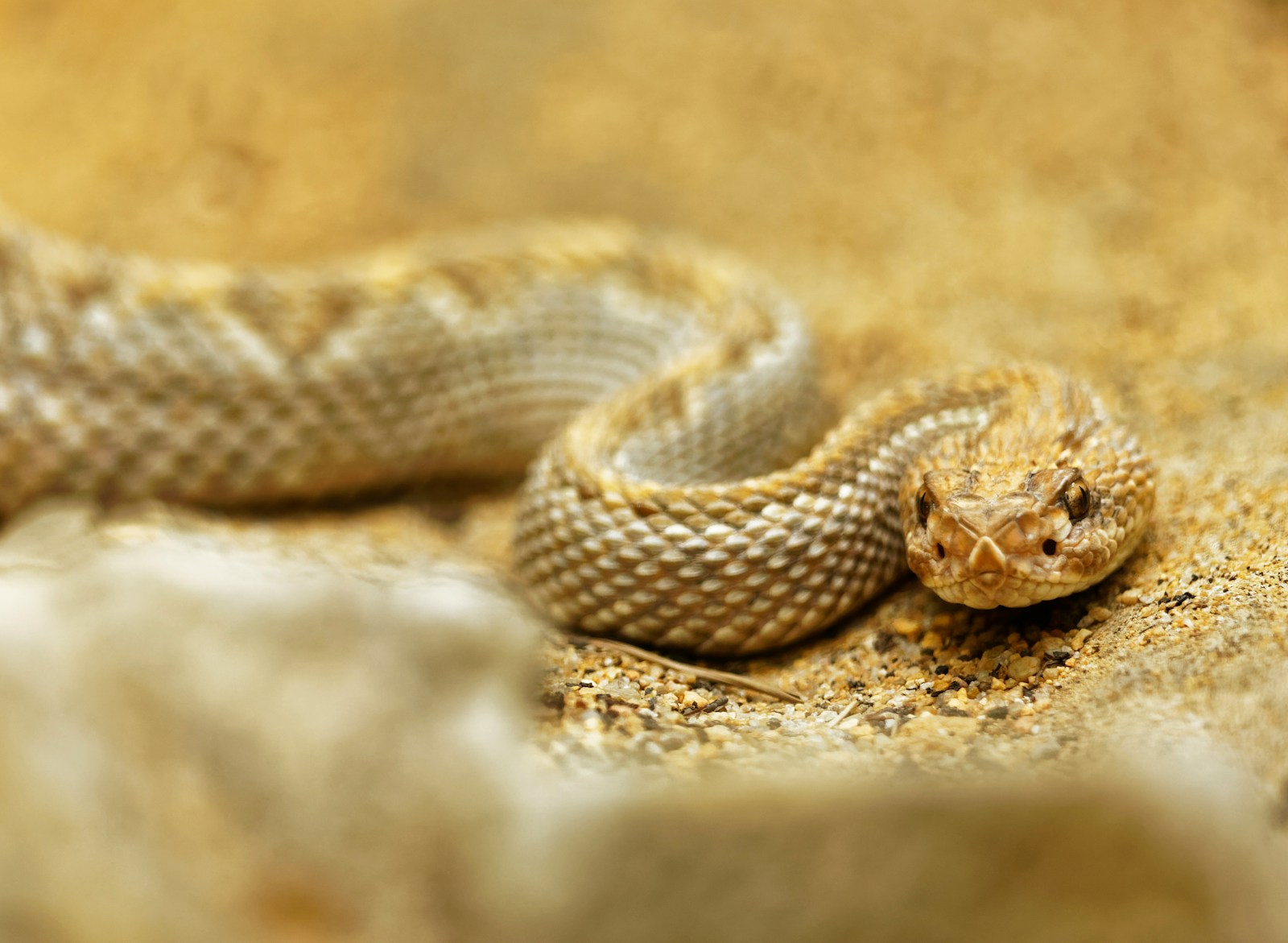
The discovery of cooperative behaviors in snakes has significant implications for conservation efforts targeting these often-misunderstood reptiles. Understanding the social dimensions of snake behavior reveals new vulnerabilities that must be considered in conservation planning. Species that rely on communal hibernation or coordinated hunting may be particularly susceptible to population decline if these social structures are disrupted by habitat fragmentation or human interference. Conservation strategies must now consider protecting not just individual snakes but their social networks and specialized aggregation sites that facilitate cooperation. For example, traditional culling of “snake dens” may have far more devastating population impacts than previously understood if these represent complex social communities rather than random aggregations. Additionally, the recognition of snakes’ behavioral complexity may help improve public perception of these often-feared animals, potentially increasing support for their conservation as appreciation for their sophisticated adaptations grows.
Future Research Directions in Snake Social Behavior
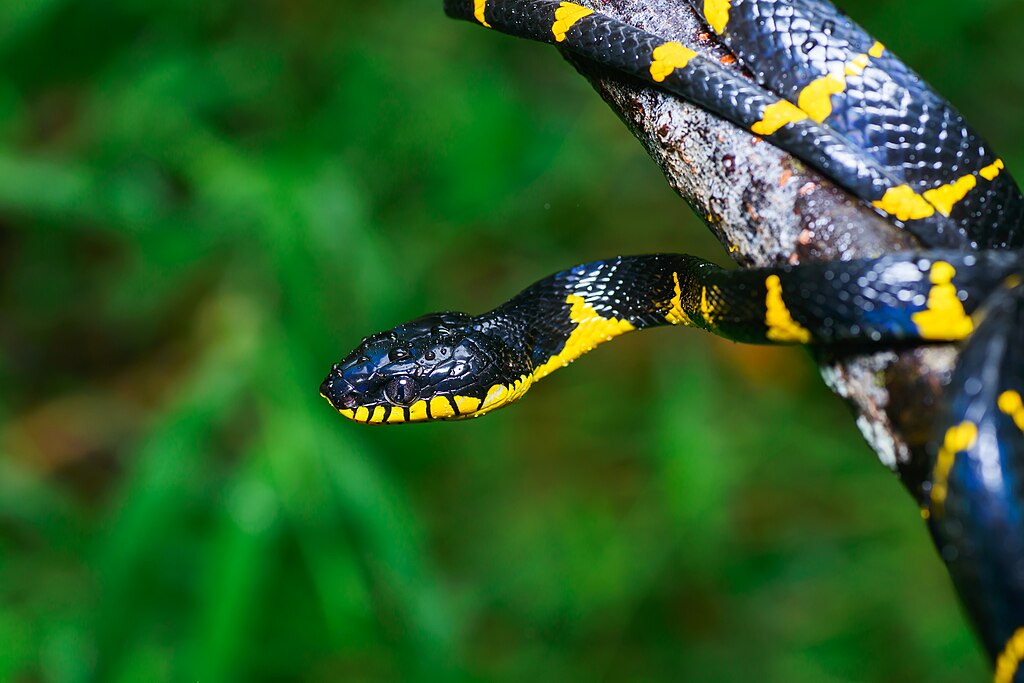
The emerging understanding of snake cooperation opens numerous avenues for future research that could transform our understanding of reptilian behavior. Advanced tracking technologies like miniaturized GPS transmitters and accelerometers now allow researchers to monitor snake movements and interactions with unprecedented detail, potentially revealing coordination patterns invisible to traditional observation methods. Social network analysis techniques borrowed from studies of highly social mammals could be applied to snake aggregations to identify consistent interaction patterns and potential leadership roles within groups. Controlled experiments comparing the behavior of snakes raised in isolation versus social settings could help distinguish between innate and learned components of cooperative behavior. Comparative studies across snake families could reveal whether cooperation evolved independently multiple times or represents ancient behavioral traits retained in certain lineages. These research directions promise to continue challenging our understanding of reptilian behavioral complexity for years to come.
Concluding Thoughts on Snake Cooperation
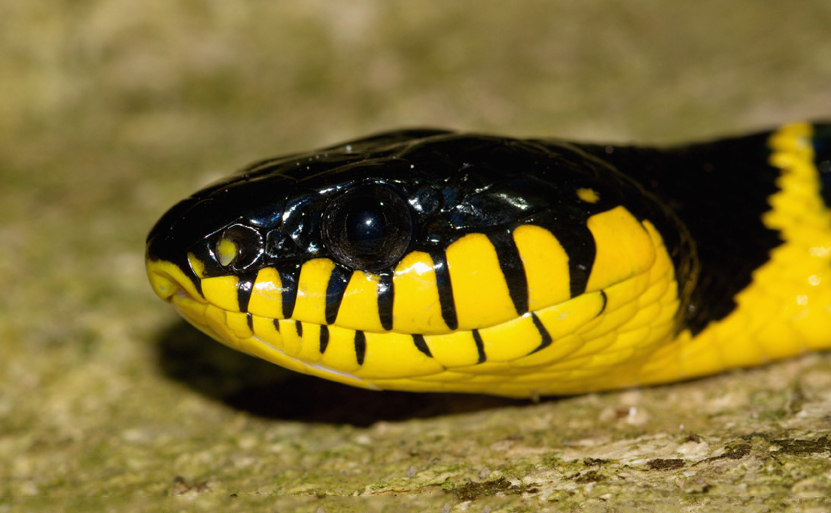
The documented cases of snake cooperation represent a fascinating frontier in our understanding of reptilian behavior and challenge long-held assumptions about the limitations of non-mammalian social systems. From the coordinated hunting strategies of Cuban boas to the communal parenting behaviors of African pythons, these observations reveal that snakes possess behavioral capabilities far beyond the solitary predator stereotype that has dominated both scientific and popular understanding. While snake cooperation differs in form and complexity from the social systems seen in mammals or birds, it demonstrates the remarkable diversity of solutions that evolution has produced for similar ecological challenges across animal groups. As research techniques improve and more herpetologists focus on the social dimensions of snake behavior, we will likely discover additional examples of cooperation that further blur the lines between “solitary” and “social” species. These findings remind us that even in animals we’ve studied for centuries, remarkable discoveries await those willing to question established assumptions and observe with fresh eyes.

